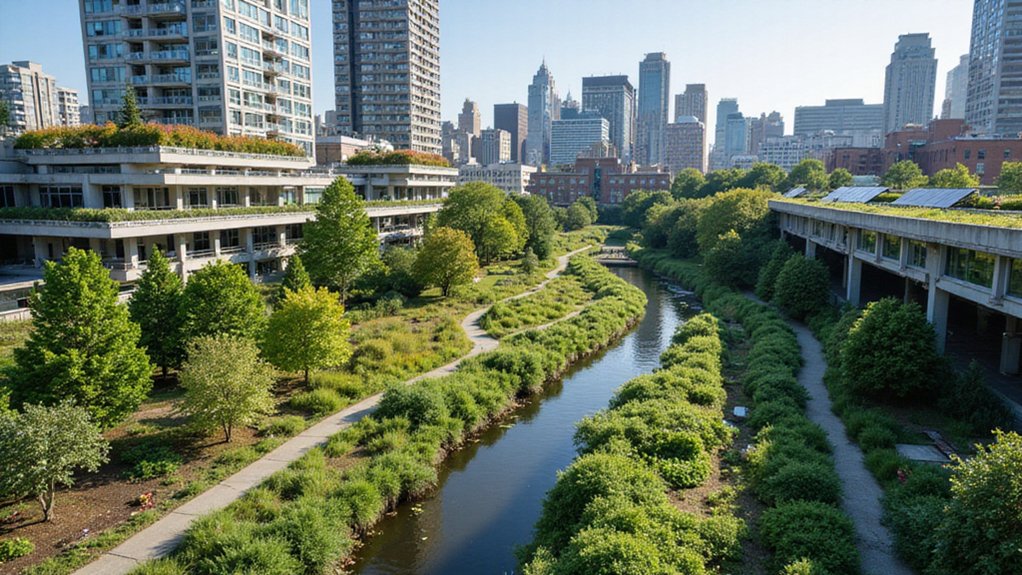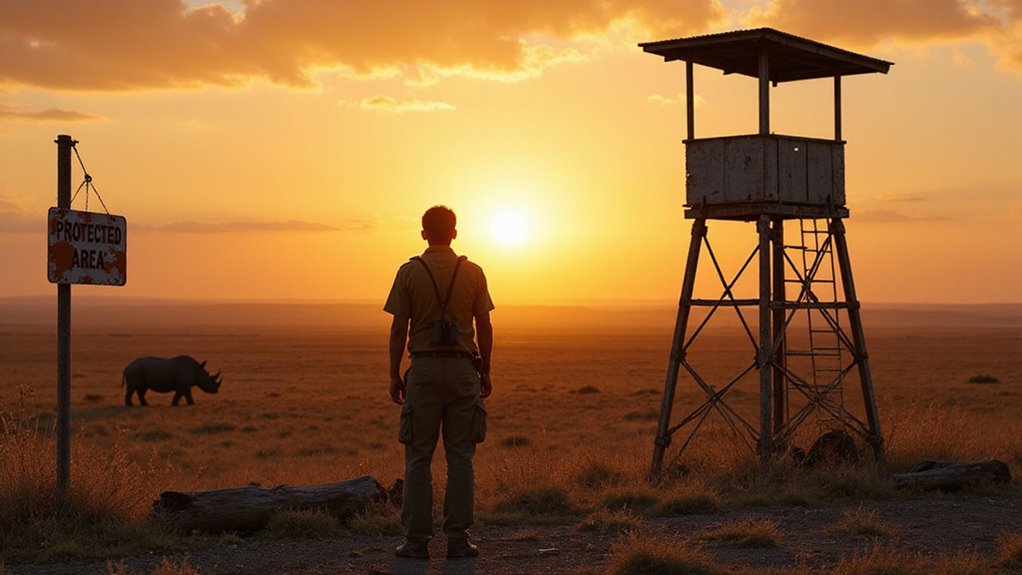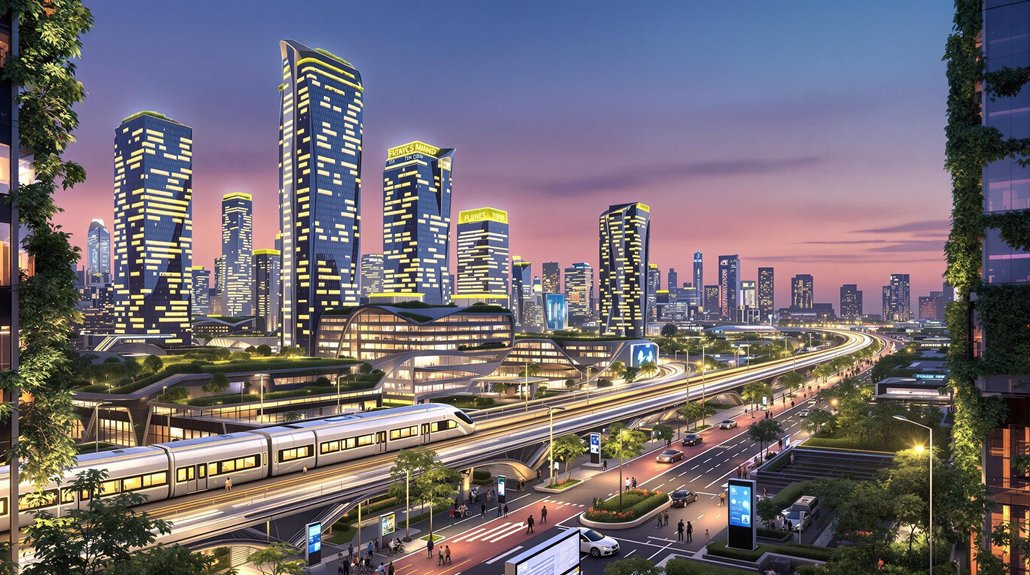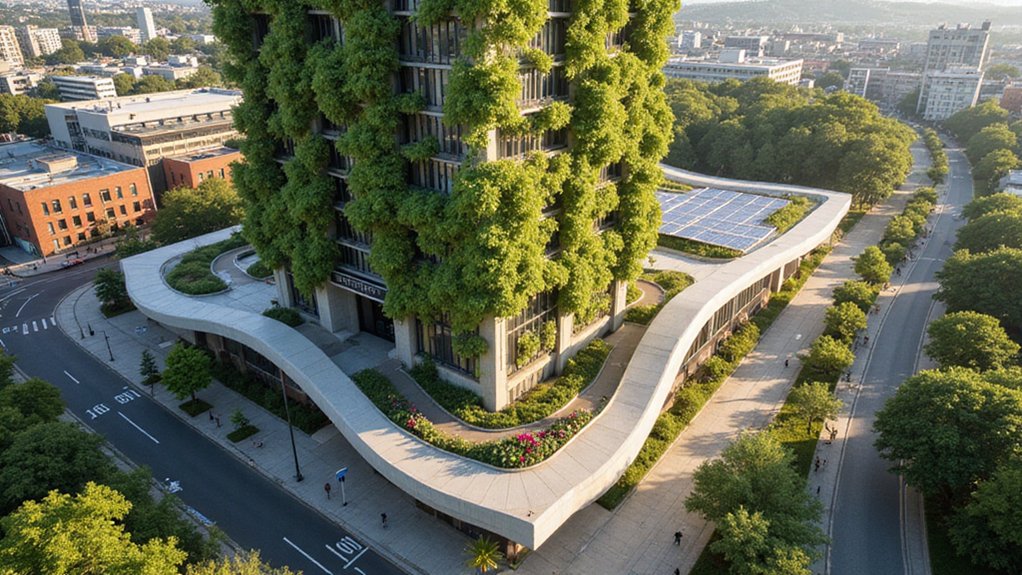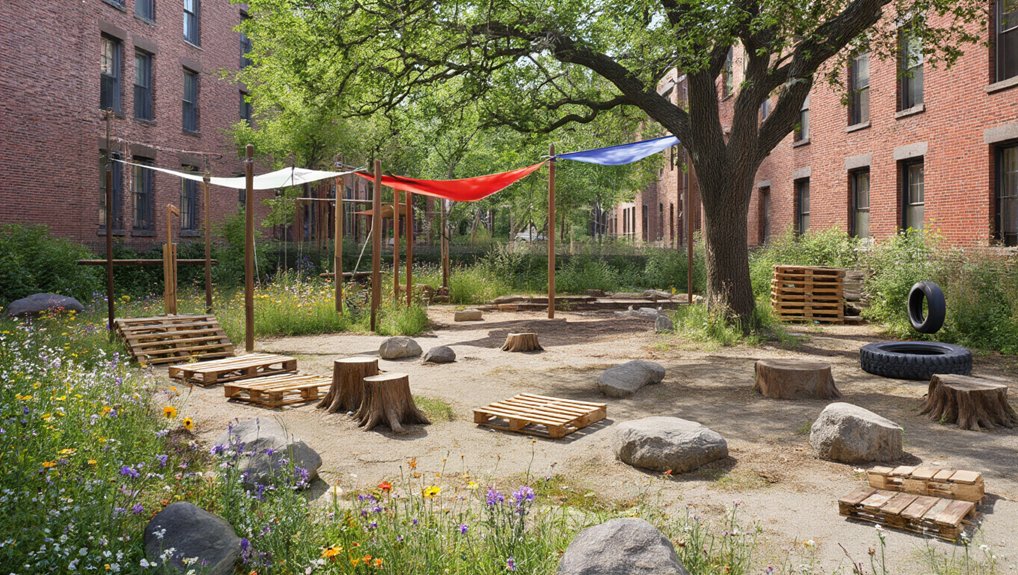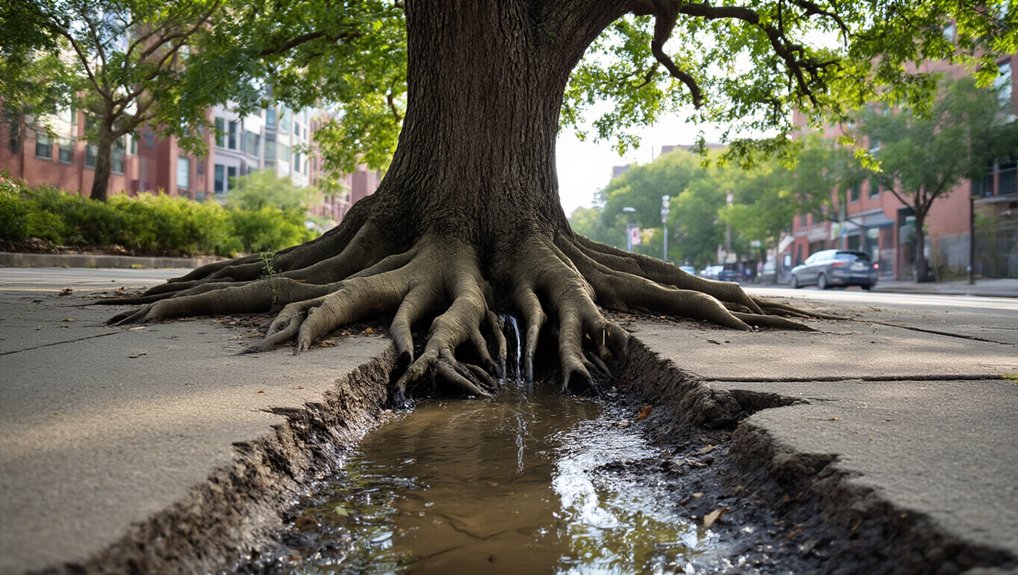Cities face a serious nature crisis. Most large urban areas lack strategies to protect green spaces, despite consuming 75% of natural resources while occupying just 2-3% of land. Funding for urban nature has decreased since 2018, creating a significant investment gap. Urban green spaces provide essential benefits for climate resilience, biodiversity, and human health. The transformation to integrate nature into cities can’t wait any longer.
Most cities around the world aren’t doing enough to protect their natural spaces, despite the growing challenges of climate change and population growth. A shocking 63% of the world’s largest cities lack strategies to manage and protect nature. This neglect comes at a time when spending on urban nature has actually decreased between 2018 and 2023.
The stakes are incredibly high. Cities occupy just 2-3% of land worldwide but consume 75% of natural resources. They’re responsible for up to 80% of energy use and 70% of greenhouse gas emissions. By 2050, three-quarters of all people will live in urban areas, making the need for urban nature more critical than ever. The rapid urbanization is causing a significant loss of natural habitat with cities projected to expand by an additional 290,000 km² by 2030.
Financial support for nature-based solutions remains far below what’s needed. Experts say funding must jump from $200 billion to $542 billion by 2030. Corporate commitment is also lacking, with only 12% of Fortune 500 companies setting targets to address biodiversity loss.
The financing gap for nature-based solutions is staggering—we need nearly triple current investment while most corporations remain on the sidelines.
Urban nature—including parks, green roofs, and wetlands—provides essential benefits. These spaces help cities tackle climate change while improving residents’ quality of life. Healthy ecosystems support human health, well-being, and economic stability. Properly designed urban green spaces can create habitats for native pollinators and support biodiversity within city limits. The World Economic Forum emphasizes that urban nature integration is urgently needed in planning and financing.
Cities face multiple challenges in managing nature. Fragmented governance, limited financing, and inconsistent approaches make progress difficult. Many urban areas struggle to balance housing needs with environmental protection.
Some promising frameworks exist. The Urban NbS Framework helps cities track and scale investments in nature. Public-private partnerships offer potential pathways forward, and standardized data systems can measure progress.
San Francisco stands out as a model city for urban climate action. It uses its natural heritage to build resilience while preserving rare ecosystems alongside urban development.
As cities continue to grow, they’ll need better tools, more funding, and stronger commitment to nature. The evidence is clear: investing in urban nature isn’t just good for the environment—it’s essential for creating livable cities for future generations.
References
- https://www.weforum.org/press/2025/01/new-reports-chart-pathways-for-nature-positive-transformation-across-key-industries-and-cities/
- https://iucn.org/resources/issues-brief/cities-and-nature
- https://www.weforum.org/publications/nature-positive-cities-efforts-to-advance-the-transition-san-francisco/
- https://naturalcapitalproject.stanford.edu/news/using-nature-solve-urban-sustainability-and-equity-challenges
- https://www.unep.org/resources/report/grey-green-better-data-finance-nature-cities-state-finance-nature-cities-2024
